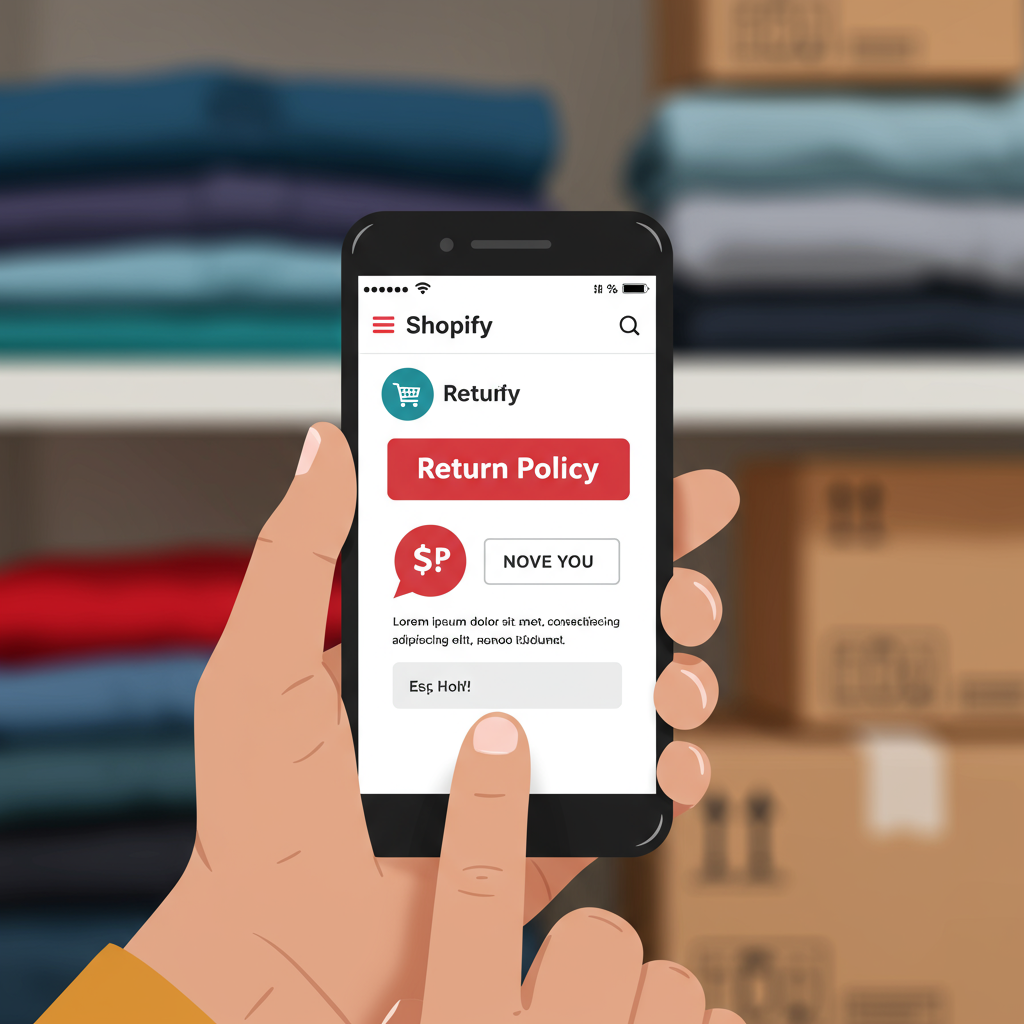A comprehensive guide for Shopify merchants on crafting, implementing, and managing effective return and refund policies to build customer trust and streamline operations.
As a Shopify merchant, I know you’re constantly striving to provide the best possible experience for your customers.
A crucial, yet often overlooked, aspect of this experience is your store’s return and refund policy.
It’s not just a legal formality; it’s a powerful tool for building trust, managing expectations, and even boosting sales.
Today, I want to walk you through everything you need to know about setting up and managing effective return and refund policies on your Shopify store.
My goal is to demystify the process and help you create policies that benefit both you and your customers.
First, let’s understand why a clear policy is so vital. In the world of e-commerce, customers can’t physically inspect products before buying.
This inherent uncertainty makes a robust return policy a significant factor in their purchasing decision. It acts as a safety net.
A well-defined policy reduces customer service inquiries, prevents disputes, and can even turn a potentially negative experience into a positive one.
It also protects your business from fraudulent claims and sets clear boundaries for what is and isn’t acceptable.
Now, it’s important to clarify Shopify’s role here. Shopify provides the platform and the tools, but *you* are responsible for creating and enforcing your own policies.
They don’t dictate your return window or your refund methods; they simply give you the means to communicate and manage them.
So, what are the essential elements I believe every comprehensive return and refund policy should include?
Let’s start with the “Return Window.” This specifies the number of days a customer has to return an item after purchase or delivery. Common periods are 14, 30, or 60 days.
Next, “Condition of Items.” Clearly state that items must be returned in their original condition, unworn, unused, with tags attached, and in original packaging.
“Eligible vs. Non-Eligible Items” is crucial. Are all products returnable? Often, final sale items, personalized goods, digital products, or intimate apparel are excluded.
Detail your “Return Process.” How does a customer initiate a return? Do they need to contact you first? Is there an RMA (Return Merchandise Authorization) number?
Provide clear instructions on how to package the item and where to send it. This minimizes confusion and ensures items arrive correctly.
Explain the “Refund Method.” Will you issue a refund to the original payment method, offer store credit, or allow exchanges? Be explicit.
Address “Shipping Costs.” Who pays for return shipping? Is it the customer, or do you provide a free return label? This is a common point of contention.
Consider “Restocking Fees.” While not always popular, some businesses charge a small fee for processing returns, especially for high-value items. If you do, state it clearly.
If you offer “Exchanges,” outline the process. Can customers exchange for a different size, color, or a completely different product?
Once you have these elements in mind, it’s time to craft your policy. My advice is to make it as clear, concise, and transparent as possible.
Avoid legal jargon where plain language will suffice. Your customers should be able to understand it without needing a lawyer.
Make your policy easily accessible. I recommend linking it prominently in your footer, on product pages, and during the checkout process.
Shopify offers a basic policy generator in your admin settings under “Settings > Policies.” This is a great starting point, but I encourage you to customize it.
The generator provides a template, but your unique business needs and customer service philosophy should shape the final version.
Now, let’s talk about implementing returns within Shopify itself. When a customer initiates a return, you’ll manage it primarily through your Shopify admin.
Navigate to “Orders,” find the relevant order, and you’ll see options to issue a refund. You can refund specific items or the entire order.
For return labels, Shopify Shipping can generate them if you use their services. Otherwise, you might use a third-party shipping provider or an app.
Many Shopify apps specialize in streamlining the returns process, offering features like automated return requests, label generation, and tracking.
I highly recommend exploring these apps if your return volume is significant, as they can save you a lot of time and manual effort.
Beyond the technicalities, remember the customer service aspect. A return isn’t just a transaction; it’s an interaction.
Handle returns with empathy and efficiency. Clear communication throughout the process can turn a potentially negative experience into a positive one.
Promptly acknowledge return requests, provide updates on the refund status, and be available to answer any questions.
This builds trust and can even lead to repeat business, as customers appreciate a hassle-free experience.
Finally, a quick note on legal considerations. While I’m not a lawyer, be aware that consumer protection laws vary by region and country.
Ensure your policy complies with local regulations, especially if you sell internationally. It’s always wise to consult legal counsel if you have specific concerns.
In summary, a well-crafted return and refund policy is an indispensable asset for any Shopify merchant.
It protects your business, enhances customer confidence, and streamlines your operations.
Take the time to define your terms clearly, communicate them effectively, and manage returns efficiently.
This proactive approach will undoubtedly contribute to your store’s long-term success.
What do you think about this article? Did I cover everything you needed to know, or do you have further questions?
I hope this guide empowers you to create a return and refund policy that serves your business and delights your customers.






